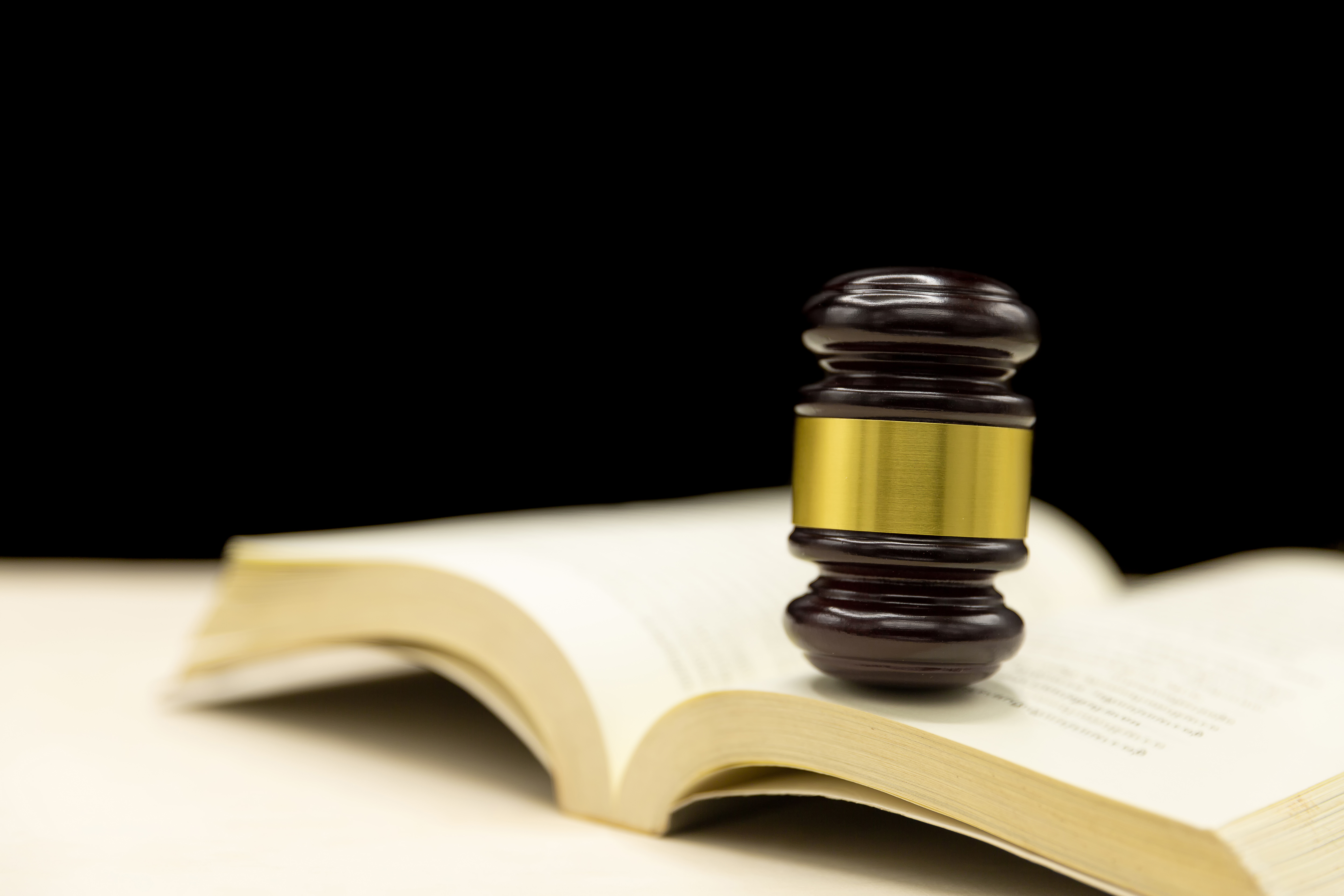Tag Archives: patent amendments
The Draft Patents (Amendment) Rules, 2021 recognises certain “Eligible” Educational Institutions

On February 09, 2021, the Ministry of Commerce and Industry notified the Draft Patents (Amendment) Rules, 2021 to further amend the Patents Rules, 2003, for public opinion.
The following amendments have been proposed:
Definition of “eligible educational institutions” added:
Rule 2 (ca) provides that “eligible educational institution' means an institution established by a Central, Provincial or State Act, which is owned or controlled by the Government, and is wholly or substantially financed by the Government.”
Form 28 filing required:
Second Proviso to Rule 7(1) is substituted by which, all “eligible educational institutions” must pay the requisite fee along with a Form 28 to claim the status.
The applicant is required to provide documentary evidence that the Applicant is established by a Central, Provincial or State Act, which is owned or controlled by the Government, and is wholly or substantially financed by the Government
Form 28 in the Second schedule has been updated to provide for the same:
Eligible for expedited examination:
Rule 24C is amended to include “eligible educational institution”. An applicant claiming such status may opt for expedited examination process.
Form 18A of the Second schedule has been amended to include “eligible educational institutions:
Fee concession:
First Schedule, which specifies the filing for patent, has been substituted. Now, eligible educational institutions shall pay the same fees as natural persons, start-ups and small entities.
Further, Rule 7 (3), which specifies the processing of application, has been substituted, namely:
“In case an application processed by a natural person, startup, small entity or eligible educational institution is fully or partly transferred to a person other than a natural person, startup, small entity or eligible educational institution, the difference, if any, in the scale of fees between the fees charged from the natural person, startup, small entity or eligible educational institution and the fees chargeable from the person other than a natural person, startup, small entity or eligible educational institution, shall be paid by the new applicant along with the request for transfer.”
Note: The draft amendment rules are open to objections/suggestions for a period of 30 days from their date of notification. Such Objections/ suggestions may be addressed to the Secretary, Department for Promotion of Industry and Internal Trade, Ministry of Commerce and Industry, Government of India, Udyog Bhawan, New Delhi- 110011 or by e-mail at [email protected].
We hope this article was a useful read.
Please feel free check our services page to find out if we can cater to your requirements. You can also contact us to explore the option of working together.
Best regards – Team InvnTree
This work is licensed under a Creative Commons Attribution-Non Commercial 3.0 Unported License
Permissible amendments under section 57 and 59 of the Indian Patent Act

BACKGROUND OF THE CASE
A provisional application entitled “A Process for Manufacturing Isostatic Punch and the Punch Manufactured therefrom” (application number: 1202/MUM/2005) was filed on 27th September 2005, by Prism cement Ltd. (Appellant) for which a complete specification was filed on 27 September 2006. A first examination report (FER) was issued on November 05, 2012 by the Controller of Patents (herein Respondent in this case). The appellant filed a response to the FER on 31st October 2013, with amended set of claims reducing the claim count to 10 from 17. A comparison of the as filed claims and claims amended in the FER response is presented below:
|
As filed claims (independent claim) |
Claims amended in the FER response |
|
Claim 1 |
Claim 1 (amended) |
|
1. A method of manufacturing an isostatic punch comprising of preparing an inbuilt rubber grid tight-fitting in cavity / cavities of a metal base having opening/s to fill in a viscous liquid at the base of the said inbuilt rubber grid and further rubberizing it with layer/s of rubber. |
a. Making a network of two or more interconnected cavities, channels and openings with valves on the metal base; b. Pressing rubber tightly on the said cavity bearing surface of metal base; c. Pressing a rubber layer onto the said cavity bearing surface of metal base having inbuilt rubber grid.
|
|
Claim 11 |
Claim 4 (after amendment) |
|
11. An isostatic punch, comprising of an inbuilt floating rubber grid tight-fitting in one or more cavities of a metal base having opening/s to fill in viscous liquid at the base of the said inbuilt rubber grid and further rubberized with layer/s of rubber. |
4. An isostatic punch, comprising of an inbuilt floating rubber grid tight-fitting in one or more cavities of a metal base having opening/s to fill in viscous liquid at the base of the said inbuilt rubber grid and rubberized with layer/s of rubber. |
The Respondent on 10th February 2015, issued a hearing notice appointing a hearing to be held on 23rd February, 2015. A post hearing written submission was filed on 02 March 2015, with amended set of claims reducing the claims count to 6 from 10 and comprising a single independent claim. The amended independent claim 1 is reproduced below:
1. A method of manufacturing an isostatic punch having cavities of required dimensions connected together with channels on the surface of a base metal plate; oil ports at the bottom of the said base metal plate opening into some of the aforesaid cavities; rubber grid of nearly equal
dimensions as of the cavities and channels placed therein and rubber layer on top of the said base metal plate characterized in that the said method inter alia comprises of the following steps:
a) Making two or more cavities all connected by open channels, on the surface of a base metal plate;
b) Providing oil ports at the bottom of the said base metal plate opening into at least two of the aforesaid cavities and non-return valves, one each at the mouth of the -said oil ports;
c) Applying a mould release solution over the said base metal plate;
d) Rubberizing a first rubber sheet onto the said base metal plate and the said cavities therein;
e) Scraping the excess rubber on the said base metal plate after step (d) above;
f) Shot blasting the base metal plate with the rubber in the cavities, made in step (e) above; and
g) Rubberizing a second rubber sheet on the base metal plate.
Further, a telephonic discussion was also held 07 April 2015 by the respondent for discussion and an impugned order was passed on 18 September 2015 rejecting the grant of the appellant’s patent application. One of the objections raised in the hearing notice is the inclusion of the terms “open channel” and “position of non-return valve” in the claims. Grounds for rejection from the order is produced below:
- New set of claims were filed; which were not submitted in-line with the original filed claims by strictly adhering to section 57/59 of The Patent Act. Claims were filed with form-13. New features added which is added to overcome the cited documents like open channel whereas channel was given in specification only but citation for punch having made from channel to overcome the objection open channel was added whereas open channel was not support in specification. Secondly position of nonreturn valve is defined in step (b) one each at the mouth of the said oil parts. Where as in specification shows non-return valve are placed at the base of the cavity which at their base the oil ports. Position was added which has not supported by specification. The amendments made by applicant are not allowed in view of Section 57 and 59…
- Additional two more prior art references D5 and D6 were cited in the hearing notice issued and the Respected Controller has alleged that the cited references lack inventive step in view of D1 to D6.
An appeal was filed (16th December, 2015) to the IPAB against the order dated 18th September 2015, passed by the Respondent rejecting the grant of the Appellant’s patent application numbered 1202/MUM/2005.
The IPAB reviewed the specification together with the drawings as mentioned in the arguments presented by the learned counsel of the appellant.
Relevant excerpt from the IPAB order:
We have seen that paragraph 1 on page 7 of the Complete Specification mentions about channel as ““Referring to the aforesaid figures 1 to 4 a base metal plate (1) has cavities (2)-(2) connected by channels (3)-(3) together forming the cavity network….”. Further once we refer to the drawings and particularly Fig1-4 we see that channels referred to in the description are ‘open’ in nature. Though the word “open” is not found explicitly mentioned in the description but once the description and the drawings are read together, it is clear that the “channel (3)-(3)” as explicitly mentioned in the description, is in fact “open channel”. Therefore, if the appellant has amended “channel” to “open channel”, the amendment is well supported by the description when read with the drawings and if the adjective ‘open’ is added to “channel” in the claims, the scope of the word “channel” is narrowed. Further, the view of the respondent that appellant added the word “open” to escape the inventive step objection; we will deal when we analyze the inventive step. For now it is clear that the appellant while supplementing the word “channel” with the word “open” and amending the claims with the phrase “open channel”, have support in the complete specification when the description is read with the help of drawings.
After reviewing the description and the drawings, we are convinced that the position of the non- return valves remains unaltered. It’s basically when defining the position with reference to oil ports (4)-(4) the position of the non- return valves is at “the mouth of the said oil ports” and while defining with respect to cavity, it is at “the base of the cavity”. The oil ports are at the base of cavities and on the mouth of the oil ports, the non return valves are placed. Either way, it is explained the position of the valve remains the same. Therefore, these amendments also find its support in the description when read with the drawings and well within the scope of original disclosure.
The IPAB held that both the amendments are well within the scope of the original specification and are not a part of newly introduced matter. The amendments are made by way of explanation and do not attract the provision of section 57 and 59 of the patent act.
Conclusion:
At the stage of drafting the specification, one may not incorporate or miss out minute details that may be evident from drawings but may not be that essential at that stage. However, during the prosecution, one may desire to amend the claims (based on the cited documents) considering the feature that is disclosed in the drawings, but not explicitly disclosed in the specification. There have been instances, where such amendments are considered as newly added subject matter or matter not supported in the originally filed specification and objections are raised under section 57 and 59 of the patent act. The present order provides an understanding to the amendment that are allowable under section 57 and 59 of the patent act. It also throws light to the importance of analysing the claimed invention together with the description and the drawings and the importance of the drawings submitted along with the specification.
We hope this article was a useful read.
Please feel free check our services page to find out if we can cater to your requirements. You can also contact us to explore the option of working together.
Best regards – Team InvnTree
This work is licensed under a Creative Commons Attribution-Non Commercial 3.0 Unported License

 Follow
Follow



